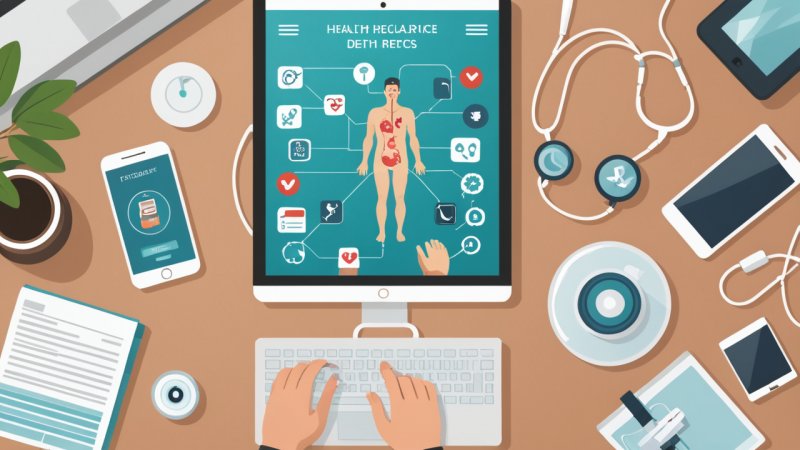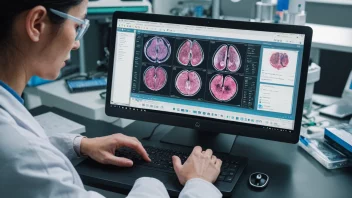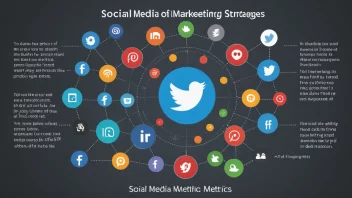Introduction
In the rapidly evolving field of healthcare, technology plays a pivotal role in enhancing patient outcomes. From electronic health records (EHR) to telemedicine and wearable health devices, technological advancements are reshaping how patients receive care and manage their health. In this article, you will learn about the various ways health technology is improving patient outcomes and how you can leverage these advancements for better health management.
Step 1: Understanding Electronic Health Records (EHR)
Electronic Health Records are digital versions of patients' paper charts. They contain comprehensive information about a patient's medical history, medications, allergies, lab results, and more.
- Benefits: EHRs improve the accuracy and clarity of patient data, reduce errors, and enhance coordination among healthcare providers.
- Implementation: Many healthcare providers have transitioned to EHR systems to streamline patient care.
Step 2: Exploring Telemedicine
Telemedicine allows patients to consult with healthcare professionals remotely, using video calls, phone calls, or messaging.
- Benefits: It increases access to care, especially for those in remote areas, and provides convenience for follow-up appointments.
- Implementation: Patients can utilize telemedicine services through various platforms, often provided by their healthcare providers.
Step 3: Utilizing Wearable Health Devices
Wearable technology, such as fitness trackers and smartwatches, enables individuals to monitor their health metrics in real-time.
- Benefits: These devices can track heart rate, activity levels, sleep patterns, and more, empowering patients to take charge of their health.
- Implementation: Patients can sync these devices with health apps to analyze their data and share it with healthcare providers.
Step 4: Embracing Mobile Health Applications
Mobile health (mHealth) applications provide tools for health management, education, and communication between patients and providers.
- Benefits: These apps can remind patients to take medications, track symptoms, and provide educational resources.
- Implementation: Patients can download mHealth apps from app stores, often with features tailored to specific health conditions.
Step 5: Understanding Artificial Intelligence in Healthcare
Artificial Intelligence (AI) is increasingly being used in healthcare for diagnostics, treatment recommendations, and patient monitoring.
- Benefits: AI can analyze vast amounts of data quickly, improving the accuracy of diagnoses and personalizing treatment plans.
- Implementation: Healthcare providers may use AI tools to assist in clinical decision-making and enhance patient care.
Step 6: Recognizing the Role of Data Analytics
Data analytics in healthcare helps providers track patient outcomes, identify trends, and improve operational efficiency.
- Benefits: By leveraging data, healthcare organizations can enhance quality of care and reduce costs.
- Implementation: Providers can utilize analytics tools to monitor performance metrics and patient satisfaction.
Summary and Final Advice
In summary, health technology is revolutionizing patient outcomes through:
- Electronic Health Records (EHR) for better data management.
- Telemedicine for increased access to care.
- Wearable health devices for real-time monitoring.
- Mobile health applications for enhanced patient engagement.
- Artificial Intelligence for improved diagnostics.
- Data analytics for informed decision-making.
As a patient or healthcare provider, embracing these technological advancements can significantly improve health outcomes. Stay informed about the latest developments in health technology to make the most of these tools and enhance your health management strategies.






